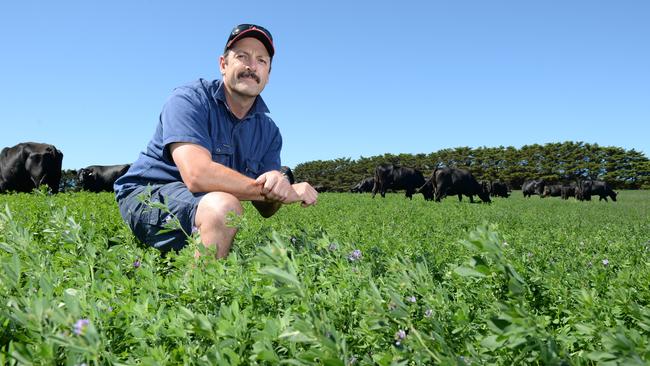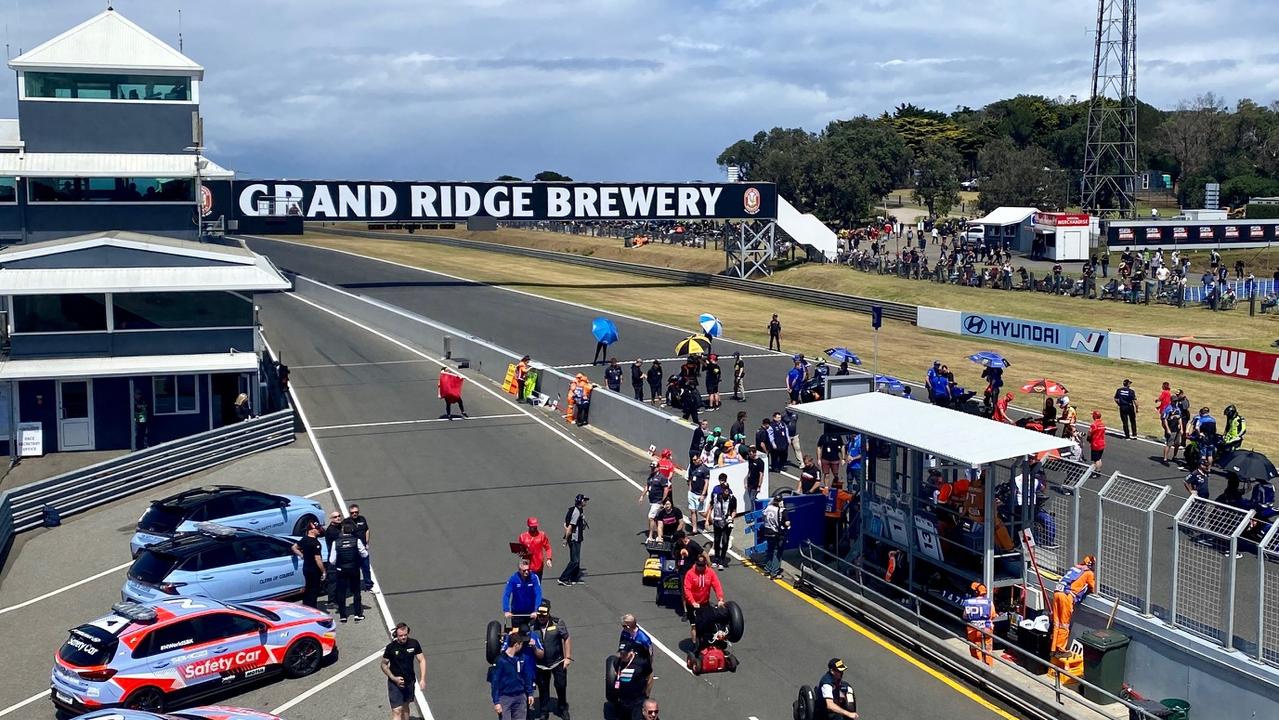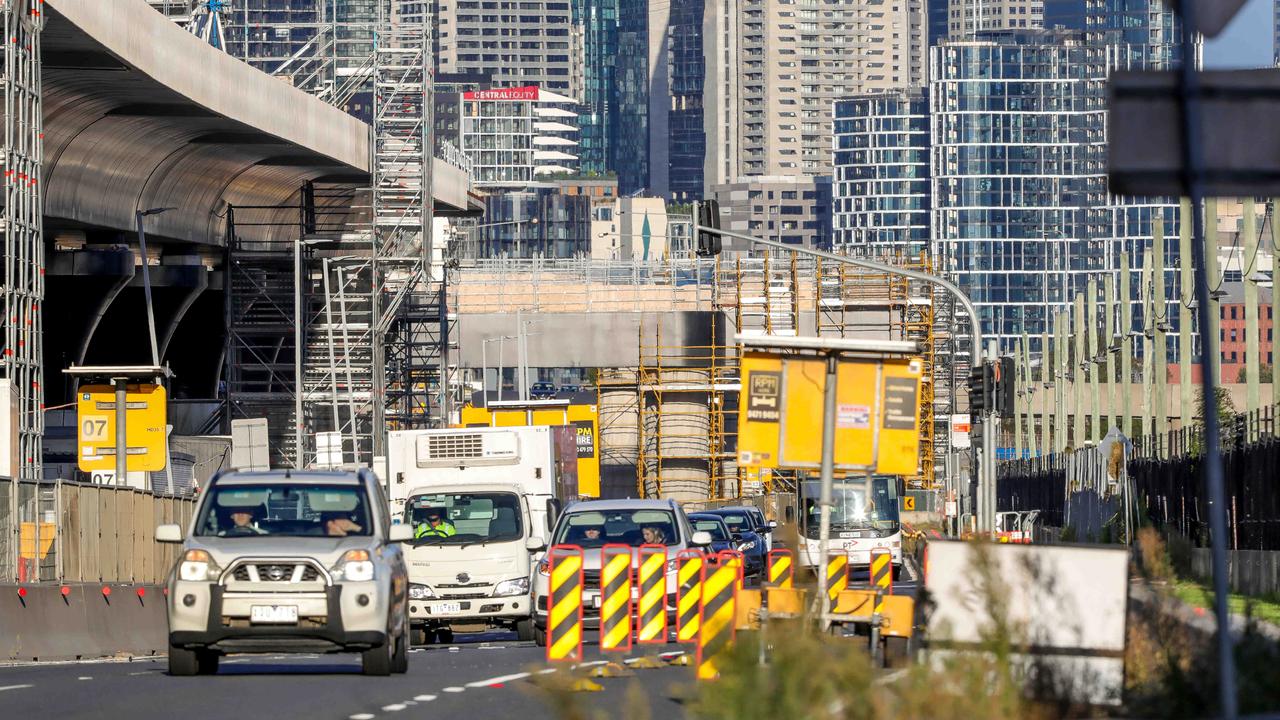Andrews Government works on new planning laws to protect farms within 100km of Melbourne
Vast swathes of land on Melbourne’s urban fringe would be protected from development in a major government plan to shore up the state’s food bowl. Here’s where the farm zones will be.

News
Don't miss out on the headlines from News . Followed categories will be added to My News.
Vast swathes of land on Melbourne’s urban fringe would be protected from development in a major government plan to shore up the state’s food bowl.
The Sunday Herald Sun can reveal Werribee South, Gisborne, Rosebud, Daylesford and parts of the Dandenong Ranges are among several zones pinpointed as key future farming locations to feed the city’s growing population.
CASH INJECTION FOR DESPERATE FARMERS
PICTURE SPECIAL: AUSTRALIA’S FORGOTTEN DROUGHT
While 10 per cent of the state’s agricultural production already comes from farms within 100km of the CBD, the state government has warned rampant residential development is putting the industry’s future at risk.
Work is now underway on new planning restrictions for areas considered “strategic agricultural land” within the city’s green wedge and “peri-urban” areas.
Deakin University’s Centre for Regional and Rural Futures has identified eight areas that are most suitable for farming, also including Seymour, Whittlesea, and parts of Gippsland around Warragul and Drouin.
With rising temperatures and reduced winter rainfall, land closer to the city is expected to avoid the harsher impacts of climate change, while offering quality soil and easy access to labour, infrastructure and retail markets.
“As farming becomes harder in other parts of Victoria, we will rely more on agricultural land in green wedge and peri-urban areas to grow food,” a government report said.

But more than 55,000 hectares of land was removed from green wedges for urban expansion between 2002 and 2010.
“Residential development within agricultural areas also increases land prices, land speculation, conflicts between farming and neighbouring uses and breaks up rural landscapes,” the report said.
“Without protection, agricultural production around Melbourne will continue to decline. This will threaten our ability to support local jobs and produce food locally.”
“Under the current planning system, the amount of agriculture has decreased. Without changes the industry’s future is at risk.”
Current laws favour hobby farms and horse studs in peri-urban areas while making it more difficult to lock in planning approvals for commercial agricultural businesses.
The new planning controls will protect “the right to farm”, ensure separation between farms and homes, and safeguard areas with recycled water access to “prepare for climate change”.
Government documents show landowners in areas assessed as strategic agricultural land would likely be barred from subdividing their properties for housing developments.
Agriculture Minister Jaclyn Symes said the government would provide certainty for agricultural businesses to “support long term growth, investment and innovation”.
Consultation is now underway on the changes which will likely be introduced over the next year.
MELBOURNE’S FOOD BOWL
The numbers behind farms within 100km of the CBD
— $3.3 billion contribution to the economy
— Employs 10,000 people on farms, and 9000 people in food processing
— Produces 59 per cent of the state’s vegetables
— Produces 90 per cent of the country’s asparagus
— Produces 76 per cent of the state’s chicken meat
— Produces 64 per cent of the state’s eggs
— Produces 22 per cent of the state’s beef meat



